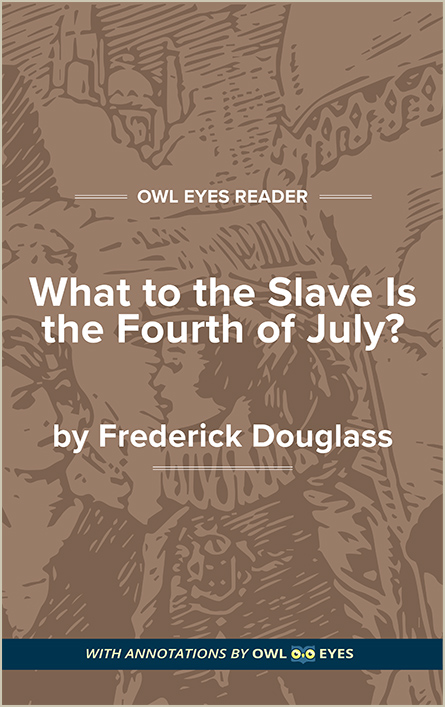- Annotated Full Text
- Publication Date: 1852
- Flesch-Kincaid Level: 10
- Approx. Reading Time: 52 minutes
What to the Slave Is the Fourth of July?
In 1852, the Rochester Ladies’ Anti-Slavery Association invited Frederick Douglass to deliver a speech for their 4th of July celebration. Douglass was by then a leading figure in the abolitionist movement and a sought-after orator with a reputation for his powerful speeches, which were at once irate, poetic, and brilliantly argued. In Rochester, before an audience composed of President Millard Fillmore, numerous politicians from Washington, and a contingent of fellow abolitionists, Douglass delivered a tirade entitled “What to the Slave Is the Fourth of July?” One of Douglass’s central strategies as a reformer was agitation, and on July 5th, 1852, Douglass agitated his audience, despite his allegiances to them. Douglass begins with a meditation on the 4th of July in which he praises the visionary work of America’s founders and honors the nation’s founding value of liberty. The speech takes a condemnatory turn, however, when Douglass acknowledges the hypocrisy of such a celebration in the face of the thriving institution of American slavery, its very existence a betrayal of the founding dream of freedom.
- Annotated Full Text
- Publication Date: 1852
- Flesch-Kincaid Level: 10
- Approx. Reading Time: 52 minutes

